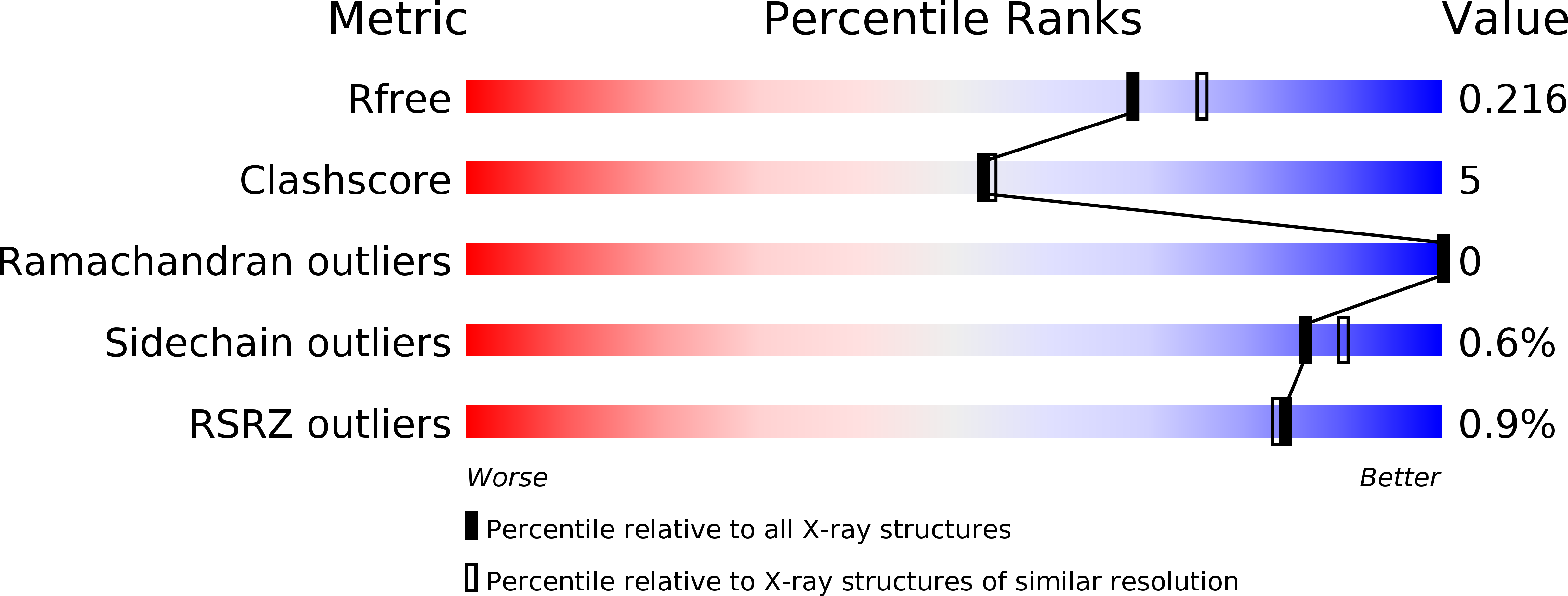
Deposition Date
2007-05-17
Release Date
2007-10-30
Last Version Date
2024-03-13
Entry Detail
PDB ID:
2Z22
Keywords:
Title:
Crystal structure of phosphate preplasmic binding protein psts from yersinia pestis
Biological Source:
Source Organism:
Yersinia pestis (Taxon ID: 214092)
Host Organism:
Method Details:
Experimental Method:
Resolution:
2.00 Å
R-Value Free:
0.21
R-Value Work:
0.17
R-Value Observed:
0.17
Space Group:
P 1 21 1


